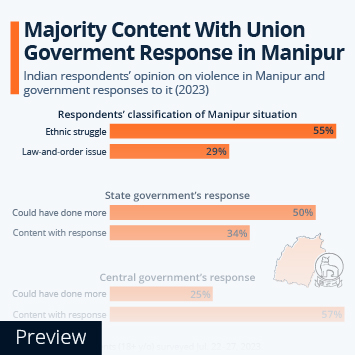U.S. President Trump promised his voters in the election campaign before he took office that he would “drain the swamp” of outside influence in Washington. The Statista chart suggests that he did not succeed: both the number of registered lobbyists and their total annual expenditures increased during Trump's term, reaching almost $4 billion in 2020. Under Democratic President Obama, lobby spending had previously fallen sharply, whereas it had risen under Republican George W. Bush.
According to Opensecrets.org, this is because Trump did not limit the lobbyists' influence on his government, contrary to his promise. Trump even extended it. This is shown, among other things, by the fact that Trump would appoint former lobbyists as members of the government.
Lobby organizations usually try to exert influence on the legislative process on behalf of companies or associations in order to shape the legislation in the interests of their respective clients. Lobbying takes place at all levels, from local government to presidential elections. The sectors in which lobbying is used as a means of exerting influence are diverse. These include pharmaceutical companies, insurance companies, business associations and oil and gas companies. The U.S. Chamber of Commerce, a trade association, was by far the largest lobbying donor in the US in 2019.
Since 1995, lobbyists have had to register in the U.S. This law was introduced during the Clinton administration. The register helps to make lobbying activities more transparent. According to Lobbycontrol, however, there are still possibilities to circumvent these obligations.





















